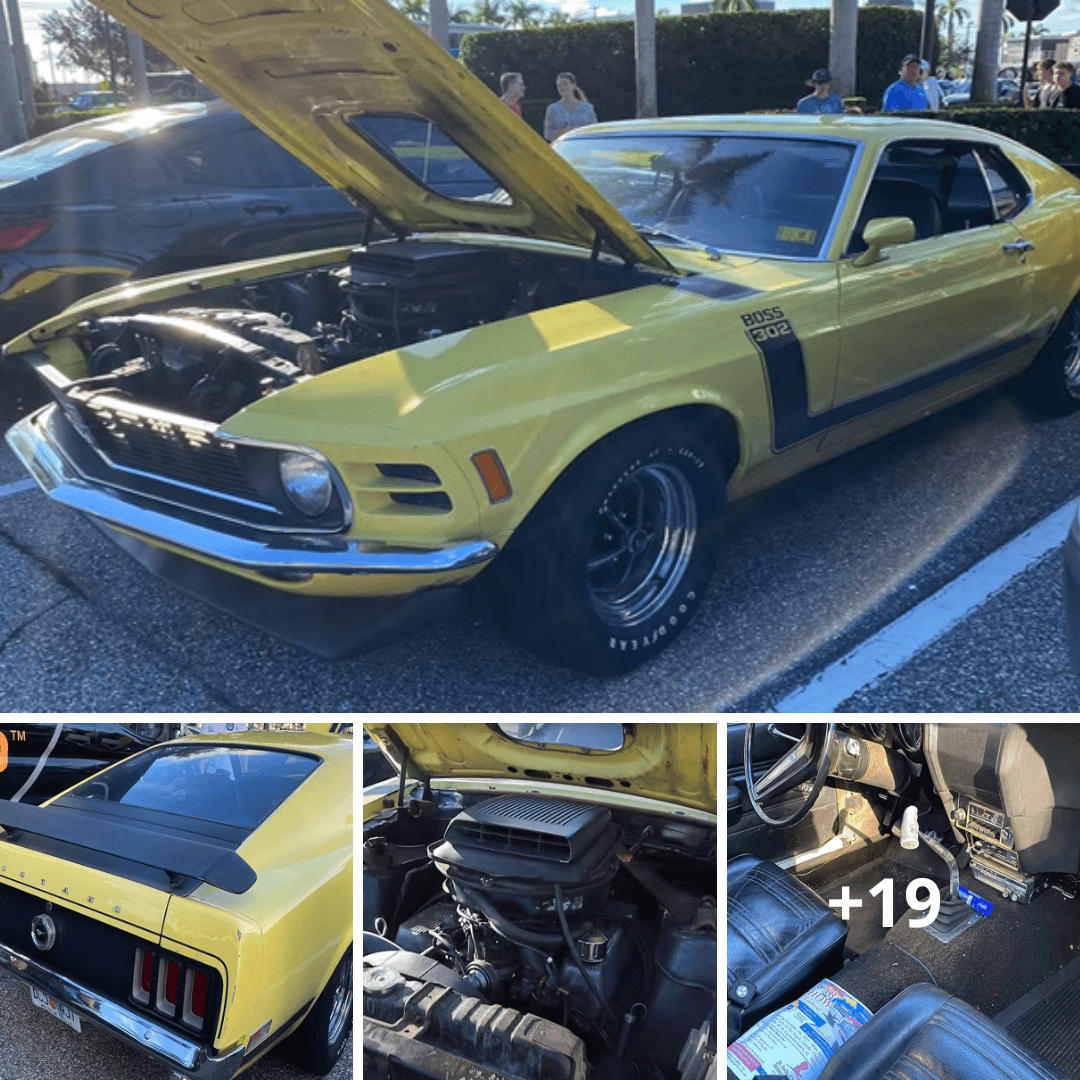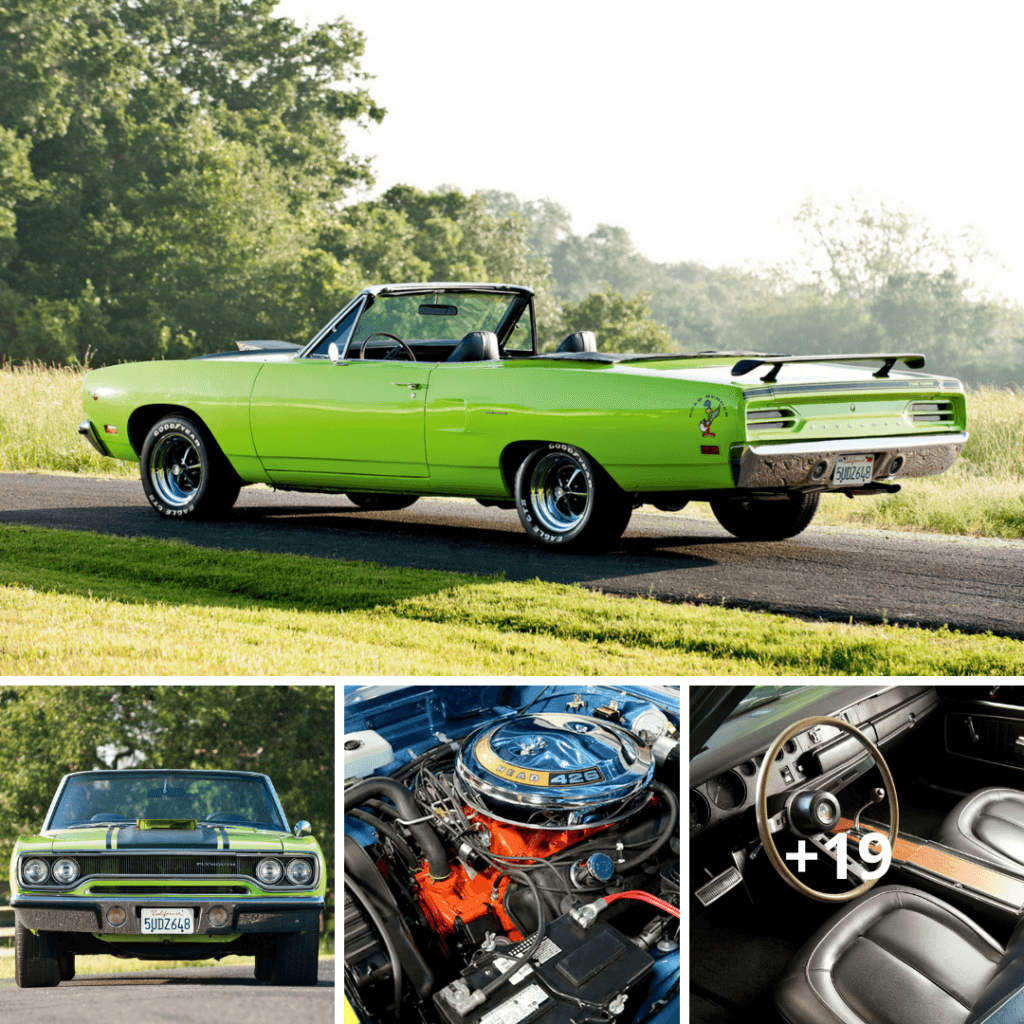1969-1970: Unleashing the Epic Evolution of the Ford Mustang Muscle Car
Pho Nguyen
- 16 Apr 2024

The Ford Mustang began life as a pony car in April 1964 and quickly developed into a full-fledged muscle vehicle by the end of the decade. By 1969, Ford’s showrooms featured an impressive collection of six high-performance Mustangs, rather than just one or two.

Amid these stocky stallions, the Mach 1, with its own look package, and the GT, a carryover from the previous year, occupied the same spot. Ford debuted the GT350 and GT500, two new Shelby models that further improved the portfolio. And the car world welcomed the powerful Boss 429 and Boss 302 in 1969.These two muscle vehicles were introduced for homologation and were named after their potent V8 engines. With its powerful 429-cubic-inch (7.0-liter) V8 engine producing a formidable 375 horsepower, the Boss 429 was the most powerful Mustang available at the time.This machine was essential in getting the mill certified for use in NASCAR racing. A restricted 859 Boss 429 units were produced in 1969, while 499 more were produced in 1970.

On the other hand, the Boss 302 was intended to act as the Mustang’s homologation car in the SCCA Trans Am series. The factory model included a 302-cubic-inch (5.0-liter) V8 engine with larger-than-usual valves, Cleveland-style heads, and solid lifters that sent 290 horsepower into the back wheels.Other performance upgrades included in the Boss 302 package were larger sway bars, stronger shock towers, heavier-duty spindles, and front disc brakes. This beast was visually stunning, with a rear deck wing, a front spoiler, and a reflecting C-stripe.

Despite not being able to outperform the Camaro in the Trans Am series in 1969, Ford was able to secure the second place finish and move ahead of Pontiac and American Motors. In 1970, the Boss 302’s luck changed as it won the championship with an incredible six wins and four podium positions from 11 races.With 1,628 sold in 1969, the street-legal Boss 302 model proved to be more popular than the Boss 429 model. In 1970, sales skyrocketed to 7,014 instances. Even though it doesn’t have the same level of rarity and power as the Boss 429, the Boss 302 is still one of the most sought-after examples of the original Mustang.

Unrestored and undamaged survivors are a rare find, even if completely restored examples of this legendary muscle vehicle are somewhat frequent. An all-original 1970 Boss 302 was recently seen in Sarasota, Florida, during a local cars and coffee gathering. With its brilliant yellow finish that faithfully preserves its war wounds, it’s a stunning beauty.The faded door panels and inside seats, together with the paint, which is scuffed and damaged in spots, all combine to tell the account of a car that has traveled and come out with stories to share. An unrestored survivor with a distinctive patina that proudly reveals its history has an irresistible charm.

In a sea of amazing vehicles from different periods, this Boss 302 stands out and draws attention from spectators with ease. It’s evidence of the muscle car era’s ongoing legacy. Watch the video below to see this amazing gadget in action. It occurs around the 3:48 and 10:22 minute marks.


